What Framing Britney Spears tells us about the saga of Anna Kournikova
By Feb 18, 2021Ben Shelton: European football's newest superfan? Lefty making most of Munich debut
By Apr 15, 2025Casper Ruud, Stefanos Tsitsipas open Barcelona bids in quest to halt further ranking slides
By Apr 15, 2025Jan-Lennard Struff sees Munich title defense bid as 'perfect opportunity' to turn 2025 around
By Apr 14, 2025Andrey Rublev storms to 100th ATP 500 win of career with opening victory in Barcelona
By Apr 14, 2025Monte Carlo takeaways: Alcaraz wins by playing for himself, one-handed backhands hold firm
By Apr 14, 2025Alexandra Eala: The reality of travel and difficulty of securing visas with a Philippine passport
By Apr 14, 2025Aryna Sabalenka takes her first crack at Iga Swiatek's clay-court supremacy in Stuttgart
By Apr 14, 2025ATP Challenger Tour: History made for Felipe Meligeni Alves
By Apr 14, 2025Carlos Alcaraz surpasses 40 million dollars in career prize money after winning Monte Carlo
By Apr 14, 2025What Framing Britney Spears tells us about the saga of Anna Kournikova
If Kournikova were playing and struggling today, there would be ogling and mockery. But she would likely have her defenders in the press and on social media, and hopefully she wouldn't be marketed or written about like it’s 1999.
Published Feb 18, 2021
Advertising

What Framing Britney Spears tells us about the saga of Anna Kournikova
Advertising
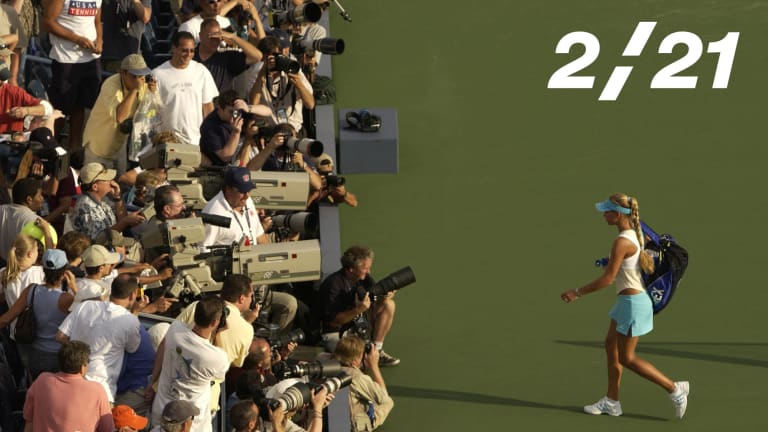
What Framing Britney Spears tells us about the saga of Anna Kournikova
© Getty Images
Advertising
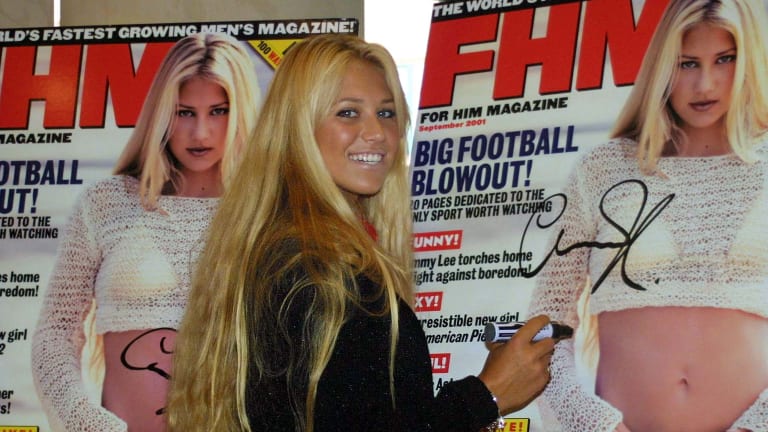
What Framing Britney Spears tells us about the saga of Anna Kournikova
© Getty Images
Advertising
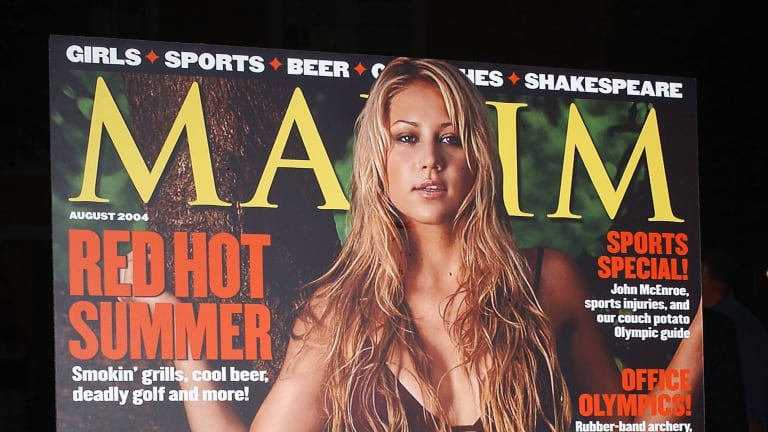
What Framing Britney Spears tells us about the saga of Anna Kournikova
© 2004 Getty Images
Advertising
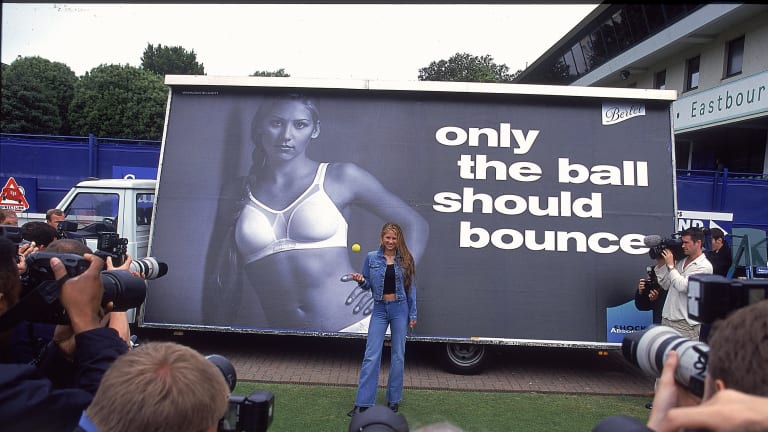
What Framing Britney Spears tells us about the saga of Anna Kournikova
© Getty Images
Advertising
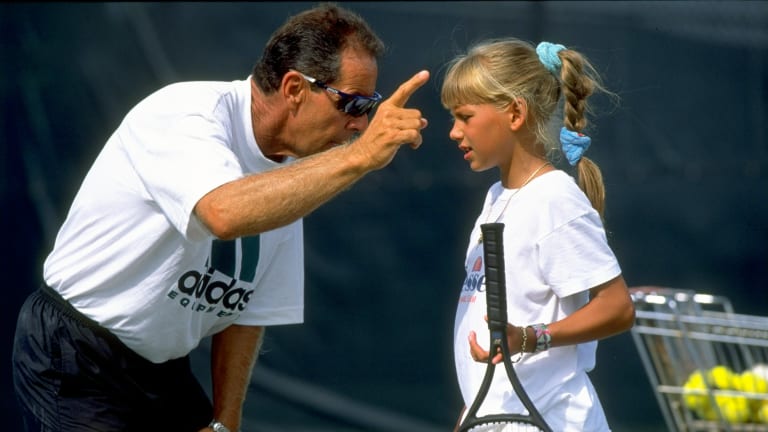
What Framing Britney Spears tells us about the saga of Anna Kournikova
© Getty Images
Advertising
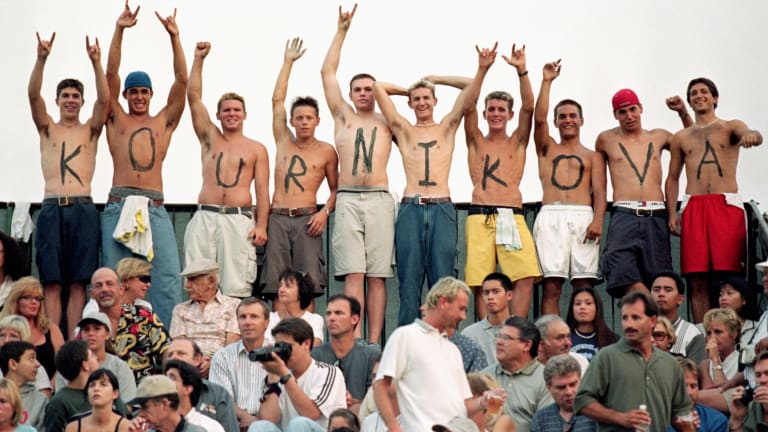
What Framing Britney Spears tells us about the saga of Anna Kournikova
© Getty Images
Advertising

What Framing Britney Spears tells us about the saga of Anna Kournikova
© Getty Images